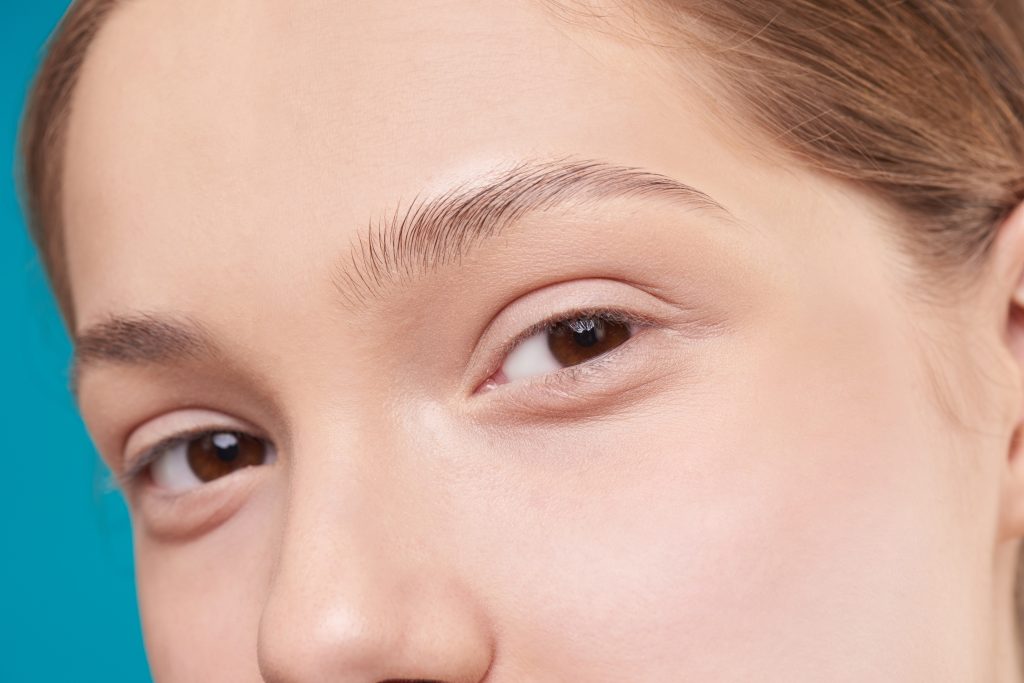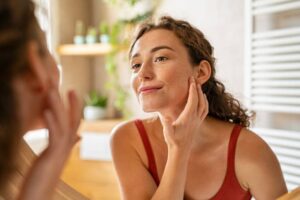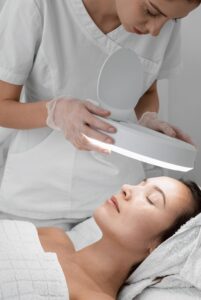A little line here.
A new crease there.
It’s no lie our skin does change over time. And it’s these little things we notice which get us thinking about how we can combat these changes.
Injectables like wrinkle relaxers and fillers are one of the fastest and most effective options available. But for the first-timers, understanding what you’re putting in your body (and where) can be confusing. So if you are only just starting to explore injectables, it’s important to know the difference between fillers and wrinkle relaxers before you go and press the “book” button.
A quick overview: the difference between wrinkle relaxers and fillers in a nutshell
Wrinkle relaxers, fillers… at a glance, both deliver youthful solutions to your skin and face. But that’s pretty much where the similarities end. Each consist of different substances that perform different actions and are both used for very different reasons. Where wrinkle relaxers will stop crinkles and lines from appearing by stopping overactivity of targeted muscles; fillers ‘fill’ to contour and restore volume loss to an area.
Deciding which one is for you (or both) mostly comes down to the outcome you’re after. Let’s dive into the details…
What to know about wrinkle relaxers
Wrinkle relaxers stop stubborn lines in their tracks! Basically this means they temporarily paralyse (or relax) an injected muscle stopping nerve impulses from reaching it so movement is reduced and lines can’t form. In fact, you’d be surprised how often these little muscles are in contraction. You know, the ones you get when you scrunch your face or raise your eyebrows? Well even when we’re not exaggerating an expression these muscles are working, tensing up and in turn, creating pesky lines or worse, encouraging a fixed angry or sad look. When your muscles are relaxed, you instantly create a smoother, less ‘activated’ surface so wrinkles relax and soften. It is also possible to use wrinkle relaxers to debulk facial muscles that may contribute to an aesthetically unattractive or unbalanced look.
Wrinkle relaxers are also referred to in clinical terms as a ‘Neuromodulator’. There are a few different types of wrinkle relaxer on the market, all consisting of the same active ingredient. They just have a slightly different structural makeup. The major point of difference lies in the strength of the product. Some brands of toxin (or ‘tox’) are diluted in strength, meaning you may need more ‘units’ to get the same effect as the stronger one.
Wrinkle relaxer treatment areas
The places you’re most likely to use wrinkle relaxers are in high movement areas such as:
- Crows feet
- Frown lines
- Forehead wrinkles
But there are some other areas you can use tox and get great aesthetic and medical results. Wrinkle relaxers can also be used:
- In specific areas around the eyebrows/face to create a brow/face lift effect
- For tension headache and migraine relief
- In areas of the body (such as armpits) to prevent excessive sweating.
- For teeth grinding (bruxism) and jawline slimming
- To assist Bell’s palsy and facial paralysis treatment
- To improve mouth frowns
- Improve gummy smiles
- To resolve chin dimpling
- To soften ‘barcode lines’ (smokers lines on top lip).
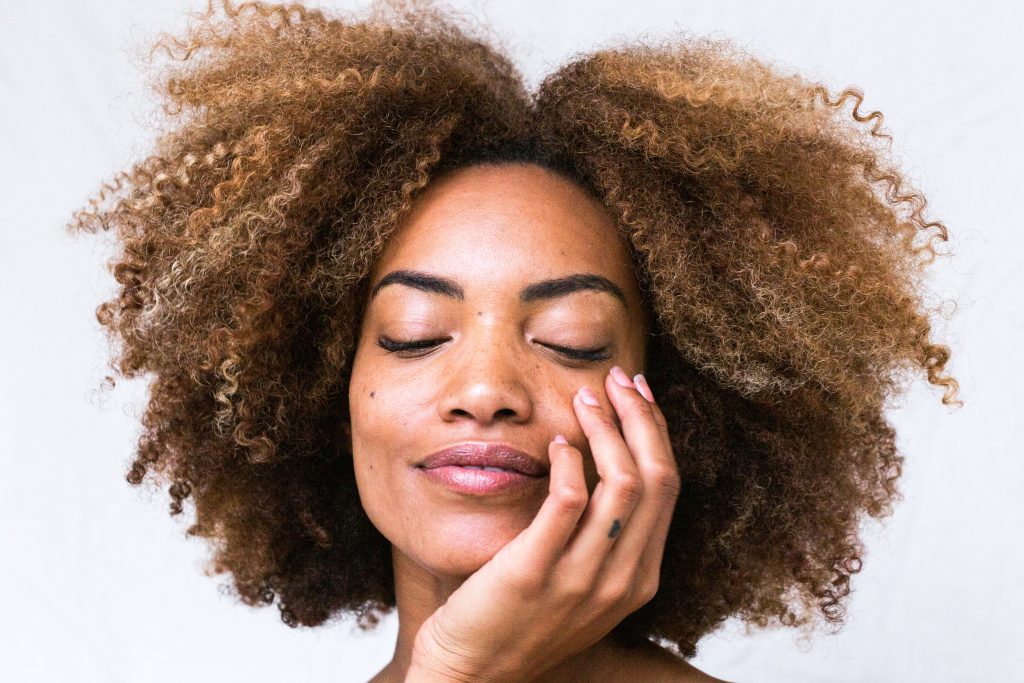
The treatment process
A wrinkle relaxer treatment usually takes about 30 minutes. During your appointment you will also receive a facial assessment where your bespoke treatment plan will be discussed, and the amount of product to be used is decided upon. This will be dependent on the area to be treated and the strength of the muscle.
How long wrinkle relaxers last
Wrinkle relaxers generally last about 3 to 4 months before you start to see the beginnings of muscle movement or lines starting to reappear.
What to know about dermal fillers
Fillers are a little less understood than wrinkle relaxers. Mostly because people think wrinkle relaxers cover everything and anything injectable related. Dermal fillers however, serve a unique purpose of their own.
Like their name suggests, fillers ‘fill’ an area that may have lost elasticity, fat, muscle or bone density, tackling trouble spots like sunken cheeks and eyes. With a little bit of well placed filler you can address signs of aging, create more attractive facial contours or simply improve skin hydration. Best of all, you will see an instant rejuvenation of your targeted areas. (That’s right – with filler, you don’t have to wait to see results. It’s immediate.)
So let’s break it down. Fillers are made of Hyaluronic Acid (HA) – a naturally occuring substance found in the skin that gives you that hydrated, youthful visage. This substance is then injected under the skin to correct volume loss and structural imbalances or augment/ beautify specific areas of the face to assist in achieving natural looking and balanced aesthetic outcomes. It can also be just as easily and safely dissolved if the final result isn’t what you were looking for.
There are many different brands/types of facial filler, each used for different areas of the face or body. Some last longer than others. Some are more dense. Some light and feathery. Where you choose to get filler will impact which one will be right for you. Which comes to the big question – where do people actually use filler?
Filler treatment areas
Dermal filler is most commonly used to build up cheek density. Yes, over time our faces stop producing collagen and start to slim down. But this can also leave us with a deflated feeling. To reinstate a fresh youthful look to your face, it starts with building up the lost volume in our cheeks.
Other common areas that filler can help are:
- Lips. Create the perfect pout through precisely placed lip fillers
- Tear troughs. Filler can prevent/remove heavy bags from under the eyes
- Cheekbones. You can create more defined cheekbones with well placed filler
- Nose shape. With filler you can avoid invasive surgery and temporarily reshape your nose
- Chin and jawline. Reshape your profile to address weak jawlines or receding chins
- Nasolabial folds. Remove ‘smile lines’ around the mouth
- Temples. Reduce wrinkles around your temples, eyes and forehead
- Marionette lines. Target the lines that form at the corners of your mouth
- Hands. Restore the youthful look of your hands again
- Skin dehydration. Replenish the natural HA hydrators in your skin
- And more.
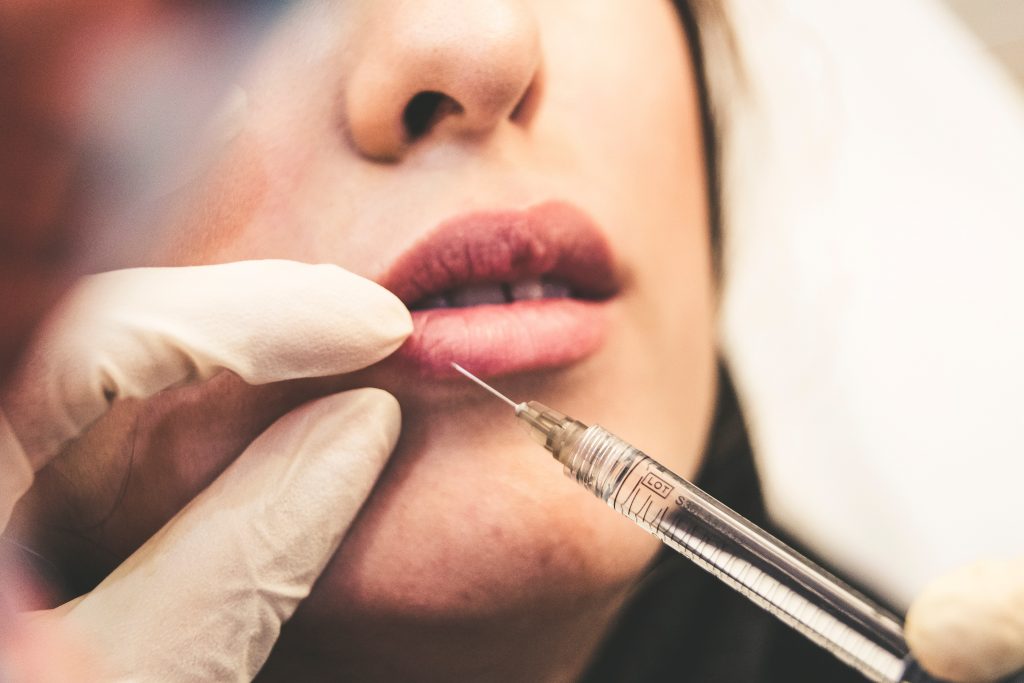
The treatment process
Filler treatment usually takes about an hour. This includes a facial assessment where your bespoke treatment plan will be discussed. Here, the type and amount of product used will be decided on depending on your specific facial anatomy and concerns.
How long do fillers last?
Filler lifespan varies greatly between type/brand and how much product you’ve previously had injected into the same area. Most fillers last around 6 to 24 months, but this is always dependent on the treatment area and the type of HA product it requires. Each HA product has unique characteristics including volumising capacity and support. We recommend talking to your cosmetic nurse about what product you’re using and it’s suggested lifespan. This will decide your next appointment with us.
Don’t forget: The longevity of your injections (both tox and filler) is all subject to how your unique metabolic makeup breaks down the product. In short, everybody is different.
Do the injections hurt?
Hardly at all! All you’ll feel is a simple pin prick and a slight ‘movement’ sensation as the area is injected. However if you’re concerned about pain, numbing products such as topical cream or ice can be applied.
Inside tip: Got a fear of needles? Keep your body still but lightly wiggling your toes in your shoes. This will distract your brain away from the injections.
Wrinkle relaxer and filler results
With wrinkle relaxers, you’ll likely see results in 3 days to a week. This gives the product time to work it’s magic on the muscle it’s targeting.
With filler, you get instant results. Yes, we said instant! You’ll likely start off with a couple of days of swelling and it will take a couple of weeks for the product to soften and settle – but overall, what you see is what you get and who doesn’t love a little instant gratification!?
Injection after-care
Post treatment care is pretty simple for all injectables.
- Avoid most makeup – once you’ve received treatment it’s best to wait about 24 hours before applying makeup. If slight bruising does occur, a light mineral makeup is suitable to use. Be sure to gently apply with clean brushes
- Sleep on your back – try to avoid sleeping on your side or your stomach for about 2 nights. While this may be an easy one for all the ‘back sleepers’ in the world, this can be anxiety inducing for others. But give it a go. We recommend this, particularly for filler, to avoid moving the product and creating asymmetry as it settles
- Avoid exercise for 24 hours – Exercise can encourage movement/aggravation of both toxin and fillers so do your best to avoid the gym. This also includes yoga; while a slow and meditated practice, its downward movements are not recommended
- Avoid rubbing your face – to give the injectables time to settle into place, avoid putting pressure on the injection site for a few days. When washing your face, be sure to do it lightly.
Are there any side effects?
While side effects are extremely rare in both wrinkle relaxers and fillers, it’s important to be aware of potential risks. Before your treatment your cosmetic nurse will discuss both common and rare side effects with you, ensuring you’re fully informed.
For wrinkle relaxers the most common side effect you may experience is slight redness and (less frequently) minor bruising. With filler you may experience bruising and swelling for a few days. You will be given key before and after care instructions by your nurse to make sure these side effects have minimal impact and your results are optimal.
Allergies or reactions to both tox and filler are extremely rare. But always be on the lookout for any adverse effects you may experience such as hives or inflammatory immune responses, and be sure to see your doctor immediately.
How much wrinkle relaxers and fillers cost
This depends on the product being used, how much needs to be used, and who is providing the treatment. You may see cheap-as-chips offers out there from some beauty salons, so be aware of what product they are using, their reputation and the care they take. While some places may cost you a little extra, it’s worth it.
All products are charged by the unit and your cosmetic nurse will be able to outline how many you are likely to need for your specific needs.
Head in to Azure for a free cosmetic consult, so we can provide you with a cost.
Can I get filler and tox at the same time?
Good news for those who decide to do both wrinkle relaxers and filler, these procedures are so quick and simple, they can be done in the same sitting.
Are fillers or wrinkle relaxers right for YOU?
So now you know the difference between wrinkle relaxers and dermal fillers, which is right for you? Why someone might want treatment is always highly personal but some of the most popular reasons include:
- Combating signs of aging – smoothing wrinkles or adding more volume to an area
- Preventative – stop wrinkles from forming before they get a chance
- Beauty trends – trends and social media highly influence what outcomes some clients request
- Corrective – there are many ways wrinkle relaxers and dermal fillers can be used to medically correct areas such as creating more symmetry after an accident resulting in scarring
- Rejuvenation and restoration.
The best approach is to consult a qualified professional and a cosmetic practice which has good quality products. At Azure, our nurses have had years of training and are always ahead of the curve.
It is not recommended you get toxin or filler if you are pregnant or if you have allergies to the ingredients.
The long and short of it all…
While we see aesthetic trends come and go every day, the natural look with fillers and wrinkle relaxers are always our desired result. Filler and toxin should enhance what you were born with, not replace it with something else. When done correctly you’ll feel fresher, brighter and the best possible version of yourself.
Deciding on whether or not to take the plunge? Well, know that you’re not alone. You may actually be surprised just how many people get wrinkle relaxers and dermal fillers… they just don’t talk about it. Young, old, all genders, all types of reasons. So if you’re interested in exploring your options, make an appointment with one of our cosmetic nurses today.

